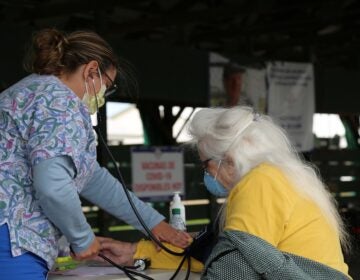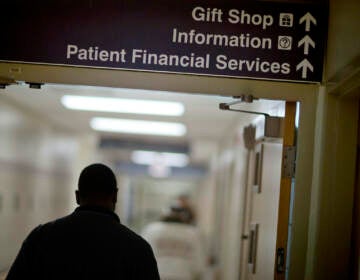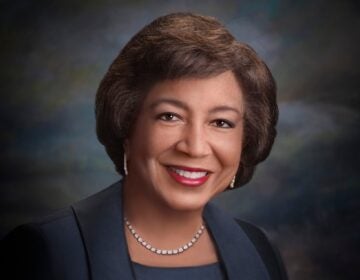40% of incarcerated people have chronic conditions — how good is the health care they get behind bars?
A large proportion of incarcerated people have their chronic conditions diagnosed while in prison. But experts say quality care can be hard to get.
Listen 12:58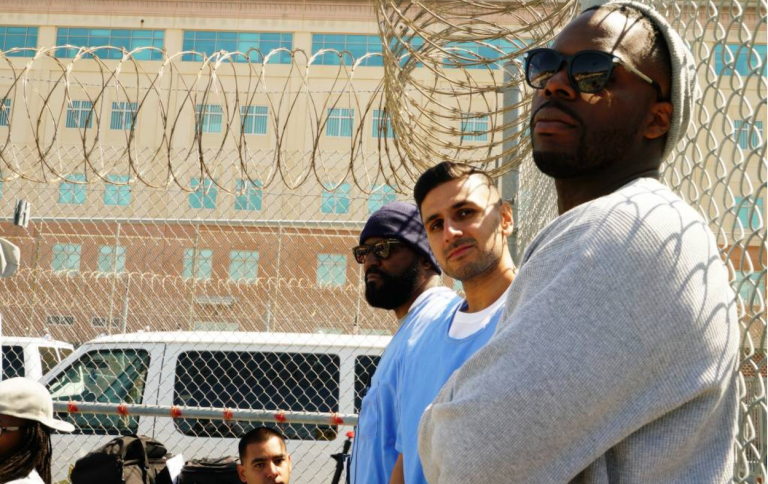
Adnan Khan (middle) spent 16 years of his life in California prisons until he was released in 2019 under a re-sentencing bill he helped create while behind bars. Now he's an advocate on behalf of incarcerated people. (Courtesy of Adnan Khan)
This story is from The Pulse, a weekly health and science podcast.
Subscribe on Apple Podcasts, Spotify or wherever you get your podcasts.
Prisons have continued to be the epicenter of the COVID-19 pandemic — the largest single-site cluster outbreaks have been in carceral settings. At the outset of the pandemic, reports of poor testing and lack of appropriate personal protective equipment in prisons abounded, turning much needed attention to the quality of health care in correctional facilities far and wide.
But this is an old problem, says Adnan Khan. He spent 16 years in prison for a crime he didn’t commit. In 2019, he was resentenced under a California Senate bill that set the path for his eventual release. Now, he runs Re:Store Justice, an advocacy organization he founded while behind bars that works to end extreme sentencing.
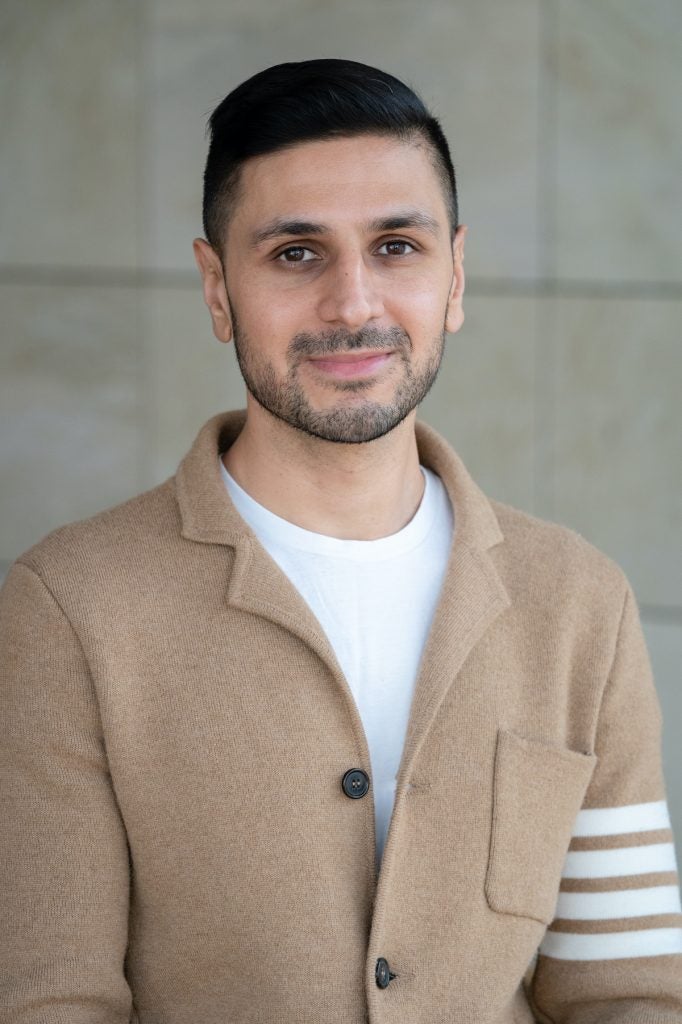
According to Khan, health and incarceration are just at odds.
He remembers being the sickest he has ever been while in prison. For two or three days, he was lying on his bunk in excruciating pain. He even lost his appetite. But he didn’t ask for medical care.
“What I would do to nurse myself back to health, was just drink the water from the sink in my cell,” said Khan. “Because I already knew that the help that I needed [would] not be able to provide for me.”
Distrust of the health care system was common among the people he served time with. There was even a joke many of them had about ibuprofen — the idea being that no matter how dire the medical issue was, doctors would simply prescribe the anti-inflammatory drug, and that would be the extent of the care.
Khan’s symptoms eventually subsided, but he never did get a diagnosis. At another point during his sentence, he discovered a dime-sized bald patch on the back of his head that seemed to have appeared out of the blue. At the time, he was battling depression after an extended period of not seeing his family.
“So when I did go to Medical to see what it was … they said, ‘Oh, it’s alopecia, and here’s a [Wikipedia] printout of what it is. There is nothing we can do,’” Khan said.
Alopecia is a genetic autoimmune condition that can be triggered by severe stress. Looking back, Khan said it was clear he needed mental health care. But that’s not what he got.
Chronic diseases, psychological trauma, homelessness
Lauren Brinkley-Rubinstein is an assistant professor at the University of North Carolina who studies the health impact of incarceration. She says the lack of self-autonomy that people in prison experience in relation to their health trajectories is part and parcel of what she calls the prison code.
“The lack of ability to control your circumstances and advocate for yourself can have major implications on your health,” Brinkley-Rubinstein said. “It means that when you’re having interactions with doctors, you may not feel comfortable speaking up, asking for what you need. And so I think that’s one easy and simple way that the prison code [or] that lack of freedom maps onto personal health implications.”
Khan says that, in general, it can be difficult to access medical treatment in correctional facilities, because ultimately the people that make the decisions are corrections staff.
“And they can just say that we need to care about the safety and security of the people,” said Khan. “And oftentimes, that can eclipse an immediate medical need.”
Nicholas Scharff experienced that disconnect between care and incarceration too. He was a corrections physician for a few years, and also was chief of clinical services at the Pennsylvania Department of Corrections from 2006 until 2013. He started working in prisons late in his career, after spending more than 25 years working in traditional hospitals. It was a steep learning curve — but he says incarcerated people are a population that really needs care.
“Inmates actually are very high users of medical services,” Scharff said. “They have had a lot of physical trauma. So they’ve got a lot of orthopedic problems, a lot of chronic pain. They have a lot of psychological trauma. And they have a real burden of other diseases, at least commensurate with the general population.”
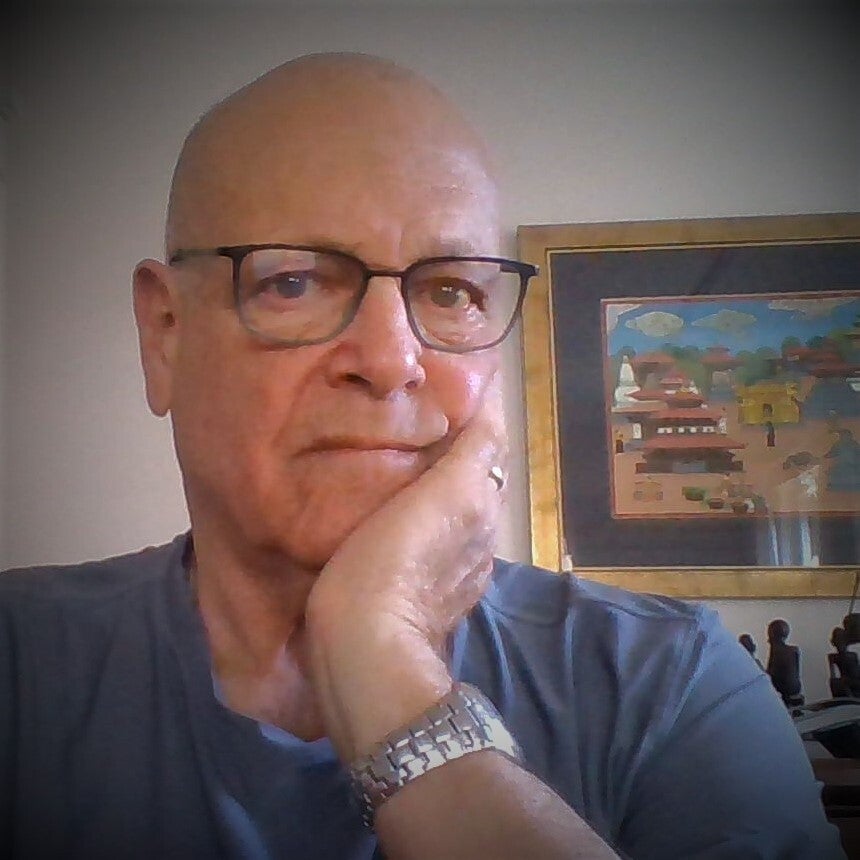
Forty percent of all incarcerated people in the U.S. currently have a chronic disease, many of which are diagnosed for the first time at intake. And a lot of those health issues are related to the reasons people get incarcerated in the first place. Maladies related to drug and alcohol use, as well as mental health issues and homelessness, are overrepresented in prison.
Subscribe to The Pulse
“And one of the ones that surprised me was hearing deficits,” Scharff said. “People with congenital deafness have [a] much harder [time] getting socialized without auditory cues.”
Barriers to quality health care in prisons
Brinkley-Rubinstein says these spikes in diagnoses in correctional facilities are also an indictment of the lack of access to health care in this country. For many incarcerated people, prison may be the first time in their lives they’ve received routine health screenings.
“When you look at neighborhoods that have disproportionate levels of incarceration, those are the same communities that have less infrastructure for transportation, that have less number of clinics, that have, you know, higher numbers of food deserts,” Brinkley-Rubinstein said. “So all these social determinants of health and access to health care put people at risk of having a higher burden of chronic illness.”
Scharff says that’s why incarceration is sometimes linked to short-term health benefits.
“If you’re talking about someone who has hypertension or diabetes — much better cared for in prison than they would have been if the guy were not in prison in a good system,” Scharff said. “I mean, look, nobody ever has to miss a medicine. Nobody ever runs out of money for his medications.”
By law, people in prison have a right to get the health care they need. In the late 1970s, a U.S. Supreme Court decision, Estelle v. Gamble, set the standard for the medical rights of prisoners. According to Brinkley-Rubinstein, the court ruled that people serving sentences should be granted health care equal to what is available to those living in the immediate community beyond prison walls.
But how that’s defined and acted on is up to the physicians, contractors, and prison medical directors at each facility.
Lauren says many facilities are overcrowded, which means they are not providing adequate care. At the moment, prisons in the United States are at over 100% of capacity.
There are a host of other challenges too. One of the biggest barriers to care, Scharff said, is scheduling medical appointments. In correctional facilities, all movement has to be recorded and controlled.
“The prison has to know exactly where every inmate is at every instant of every day,” Scharff said. “And when inmates go to see somebody offsite, officers have to go with them. That has to be scheduled. There’s got to be transport. It’s got to be secure.”
Sometimes, Scharff added, mishandling of urgent care is an issue not of individual providers but of upper management. Scharff says he’s seen case after case where a patient had a problem that was identified by a provider.
“And the provider did everything they could do to get that thing taken care of,” he said. “But the medical director he reported to just didn’t move it along. This patient needed to see a specialist, and the result was that the patient lost an organ.”
‘Our patients come from lives that lead to incarceration’
Even under the best of circumstances, what medicine can deliver inside prisons is limited, Scharff said. What’s more important is to think about the issues that lead to mass incarceration — and who is disproportionately affected by them.
For example, in 2017, Black people represented 12% of the U.S. adult population, but 33% of the prison population.
“Black people in this country are more likely to be incarcerated,” Brinkley-Rubinstein said. “More likely to be followed by police, more likely to end up in jail or prison, more likely to have a harsher and longer sentence.”
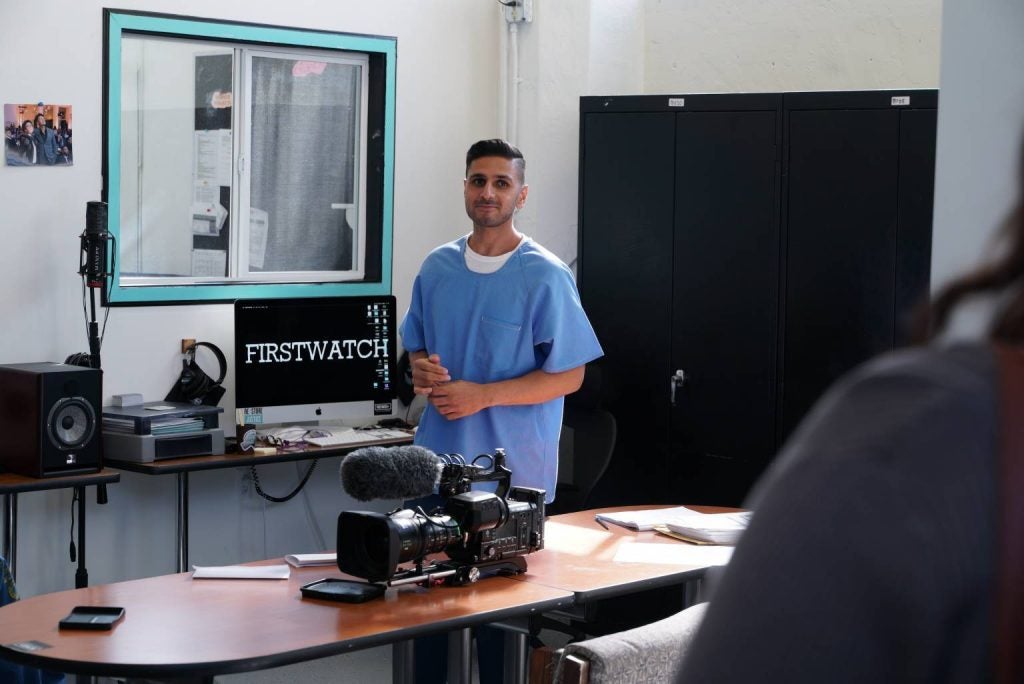
Some of the big-picture issues that lead to mass incarceration in the U.S. include social diseases like racism, disinvestment in public schools and local businesses, and big systemic forces that restructure opportunity.
“So this would be like if people lived in the part of London where all the water came from the Broad Street pump, they would get cholera,” Scharff said. “And you couldn’t fix that until you cut off the water from that pump. Our patients come from lives that lead to incarceration, and we need to figure out how to take the handle off of that pump.”
The cost of not addressing these problems is deep. According to Scharff, the worst disease in corrections is incarceration itself.
“As bad as things are with so many diseases, incarceration is the overwhelming worst disease,” he said. “It’s really terrible. It wrecks your life. And it distorts all of [your] relationships. It distorts the relationship with hope.”
Scharff remembered a conversation he had with the prison warden at his facility during his tenure at the Department of Corrections. “And he said that he had really never met an inmate who had … a reasonable childhood,” he said. “And of course, poverty is greatly overrepresented [in corrections].”
‘I can’t tell you the layers of joy I feel’
When Adnan Khan thinks back on the broader circumstances that affected his life — and the choices he made — what Scharff says really resonates.
By the time he was 18, his family life had completely deteriorated. After years of living with his abusive stepfather, his mother abandoned the family altogether.
“I was a parentless, homeless high school dropout, with layers of abuse and trauma,” Khan said. “In school, [I was] being treated as a ‘bad kid,’ and being either sent to detention, suspension, expulsion, night school, or adult school. I mean all of that … was a contributing factor to the night where I committed my harm.”
In 2003, he committed a robbery. The plan was to grab some marijuana from a drug dealer and run. Khan wasn’t armed and had made an agreement with his accomplice not to use weapons. But things went south when his accomplice ended up killing their victim. Khan was arrested the following morning.
“When I was taken into the interrogation room, the detective read me my Miranda rights then said, ‘Hey, you’re being charged with robbery and murder,’” Khan said.
The prosecutors, judge, and jury all sided with Khan, attesting to the fact that he did not plan or commit the murder, and had no intent to kill. Instead, the jury found Khan guilty of an intent to commit a robbery, but ultimately that didn’t matter. That’s because, under California’s former felony murder law, accomplices can be held equally responsible for deaths that happen in the course of committing a felony. So at 18 years old, Khan found himself sentenced for first-degree murder and given a mandatory life sentence.
Khan worked to help amend the law from prison, which paved the path to his release in 2019. When he got out, it felt like an opportunity for a new beginning.
“And because I didn’t have the restrictions of parole or probation, I was able to quite literally be free and work where I needed to work,” Khan said, “get housing where I needed to, where I felt like I was comfortable and safe for me.”
Khan still feels a bit of survivor’s guilt. He was released just a year before the pandemic hit. But he’s still finding moments of joy. In April 2020, Khan and his wife Alex welcomed their firstborn, a baby boy.
“Growing up, I come from a broken home,” Khan said. “And I always said to myself, ‘Whenever I get older, I can’t wait to do it right. I don’t want to have a broken family. I want to have a wife, a home, and raise my child in a loving family, unlike my life.’”
When he received his life sentence, that dream had evaporated, Khan said. But after his release, it was back within his reach.
“So just to be out, get freed from a life sentence, get married, and then now he’s here is just — I can’t tell you the layers of blessings and the joy that I feel,” he said, “and the miracle quite, quite literally, that I feel towards him and towards us as a family.”
Support for WHYY’s coverage on health equity issues comes from the Commonwealth Fund.
 WHYY is one of over 20 news organizations producing Broke in Philly, a collaborative reporting project on solutions to poverty and the city’s push towards economic justice. Follow us at @BrokeInPhilly.
WHYY is one of over 20 news organizations producing Broke in Philly, a collaborative reporting project on solutions to poverty and the city’s push towards economic justice. Follow us at @BrokeInPhilly.
WHYY is your source for fact-based, in-depth journalism and information. As a nonprofit organization, we rely on financial support from readers like you. Please give today.




